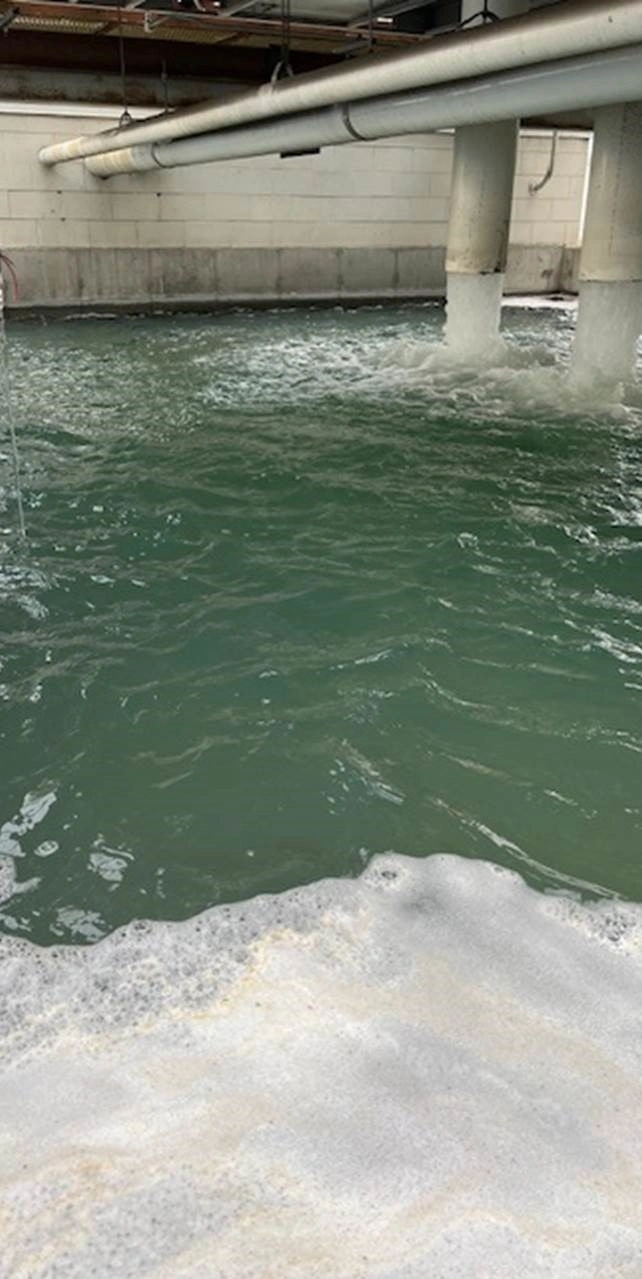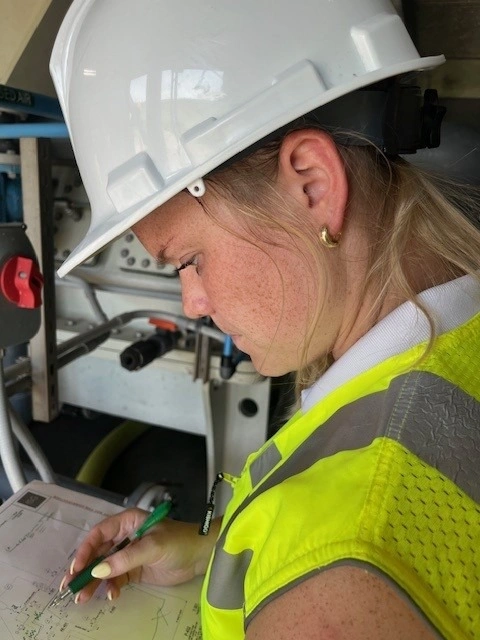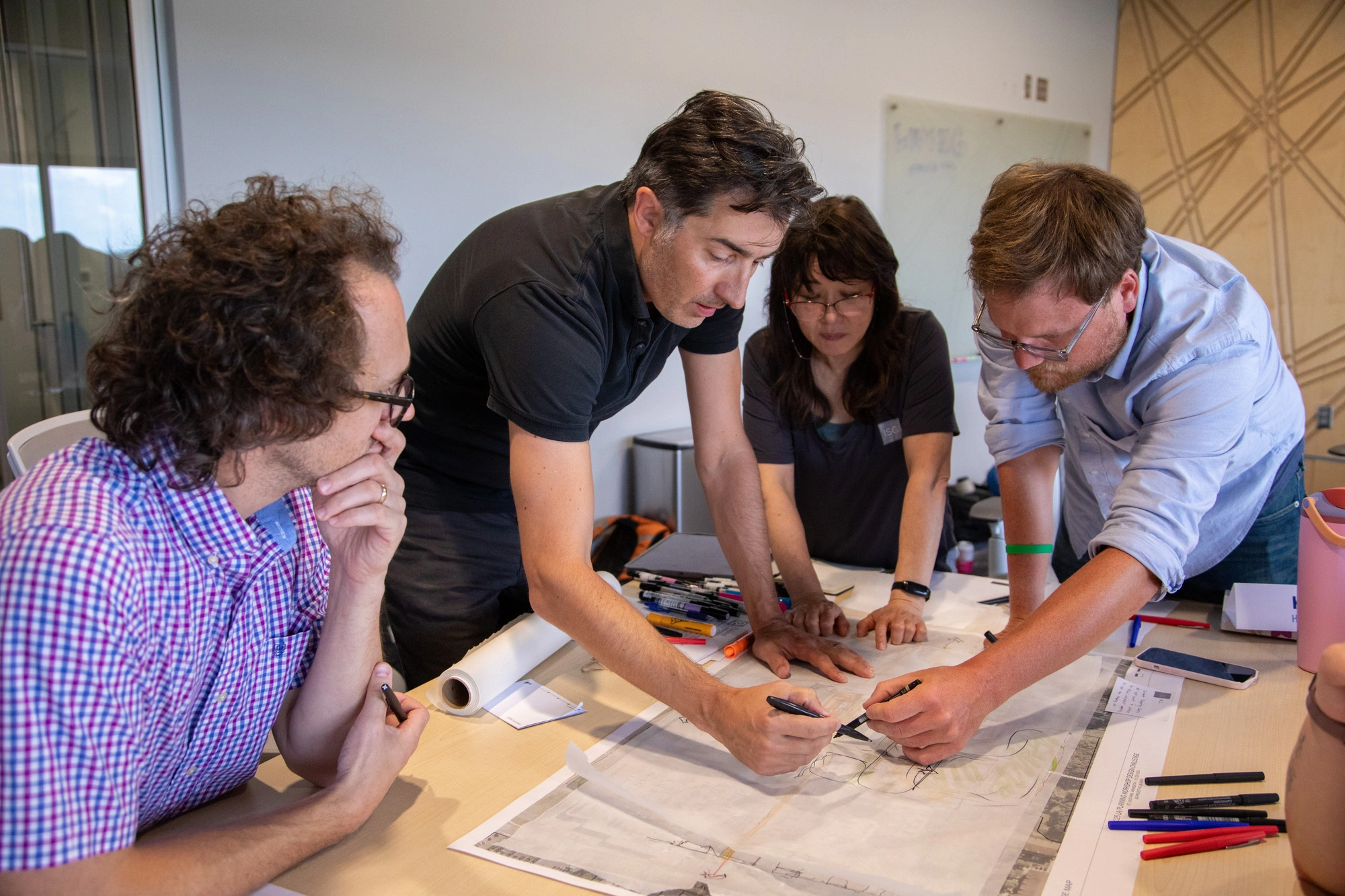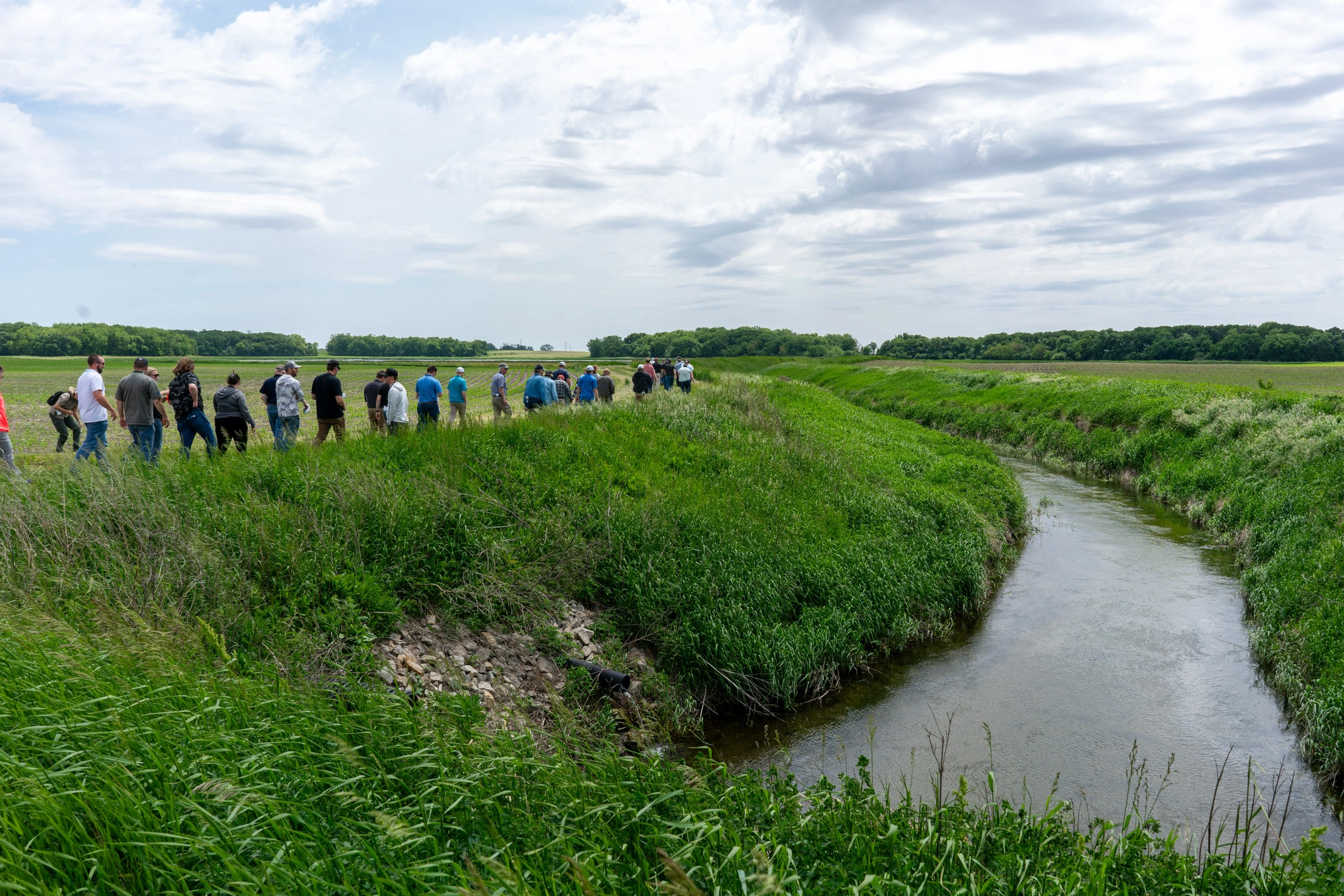Reclaiming Water in Dairy Processing Creates New Value
Driving through the city today, I saw a woman roll down her window and toss a piece of trash onto the street. My 15-year-old daughter noticed it too. She was surprised, even a little stunned. It reminded me how much things have changed. While littering was never widely accepted, it is now rare enough to feel scandalous.

This shift didn’t happen by accident. It’s the result of years of public awareness, education, and cultural change. We’ve learned that even small actions, like tossing a wrapper, can have real consequences for the environment. From clogged drains to injured wildlife, the impact is clear. This moment reminded me that progress requires consistency. It’s something we choose one action at a time.
The Future of Water Use
It makes me wonder what actions we are taking today related to water use that will become unacceptable in the future. What if consumers could access water consumption information about products to make purchasing decisions? Would this change which products people purchase? Would this change how companies use and reuse water? In some industries, this is starting to happen, driven by necessity and growing awareness that water is a limited resource. The choices we make now are shaping the standards of tomorrow.
As industries across the U.S. focus on responsible water management and embrace water positivity the dairy industry faces growing pressure to optimize it’s water use. Each dairy processing facility and location is uniquely different and many are already tackling the challenges. Regardless of these differences, all dairy operations are highly dependent on water quality and availability so have a significant opportunity to adopt water reuse strategies.
A Practical Path for Dairy Processing
Milk is composed of over 90% water. As it is processed into cheese and other dairy products this water can be recovered and reused within the production process. Therefore, water positivity in dairy processing means more than cutting water use. It involves reusing water and reducing waste.
Before implementing or enhancing water reuse systems, it is essential to understand the facility’s water use. Without a clear baseline, meaningful improvements are impossible.
Find Your Baseline
To determine a baseline for freshwater usage per million pounds of milk processed per day, examine the total water intake, then subtract water lost due to evaporation, incorporation into the product, or discharge to wastewater. Look for patterns so you can understand what is driving them, such as whether seasonal changes, production shifts, or equipment demands.
Verify Incoming Water Quality
Freshwater can contain contaminants like heavy metals (iron and manganese) and minerals like calcium and magnesium hardness and sulfates that influence how effective the water is in the production plant. Water quality can require additional treatment that will produce a waste stream and influence the amount of water used.

Optimize Recovered Water Use
Once the existing water quantity and quality metrics are understood, it becomes feasible to identify opportunities to use recovered water. The Pasteurized Milk Ordinance (PMO) provides standards for the safe use of recovered water, such as condensate of whey (COW) and polished water. Recovering and reusing this water can reduce the freshwater required to operate a dairy facility. In addition to minimizing freshwater, this recovered water is typically soft, requiring minimal treatment to reduce scaling.
Storing recovered water also provides a significant opportunity to minimize the use of freshwater. Since recovered water is generated during production and typically reused later, such as during clean-in-place (CIP) processes, proper storage is essential to make sure the necessary volume is available when needed.
Prioritizing Water Reuse Areas
The next step in reusing water is to prioritize where and how reuse can be implemented most effectively. Key questions to ask when prioritizing these opportunities include:
- Could recovered water replace freshwater usage in the wastewater treatment process?
- Are there areas where potable water is not required, such as non-contact applications like cooling towers and boilers?
- Is it feasible to use recovered water for the truck washing process?
- Could recovered water be beneficial offsite for irrigation or adjacent businesses?
For each potential water reuse opportunity, it is important to clearly define the required water quality standards. This should include referencing applicable PMO regulations and guidance from local and state officials. Once the requirements are confirmed, compare the quality of the available reuse water to identify any gaps. This will help determine what additional treatment processes or infrastructure upgrades would be necessary to meet the required standards and make the reuse option viable.
Discover Your Reuse Potential
Let our water/wastewater experts help you turn water challenges into opportunities. ISG knows dairy facilities inside and out and we are ready to help you dive into your water use, identify reuse potential, and develop smart solutions. Reach out to learn how we can help you improve water efficiency and sustainability.
Related Articles

.webp)
ISG Recognized as a 2025–26 Emerging Professional Friendly Firm for the Fourth Consecutive Cycle
ISG has been honored as a 2025–26 Emerging Professional Friendly Firm by AIA chapters in North Dakota, South Dakota, Wisconsin, and Minnesota in recognition of its commitment to fair compensation, licensure support, mentorship, and growth for early-career architects.













